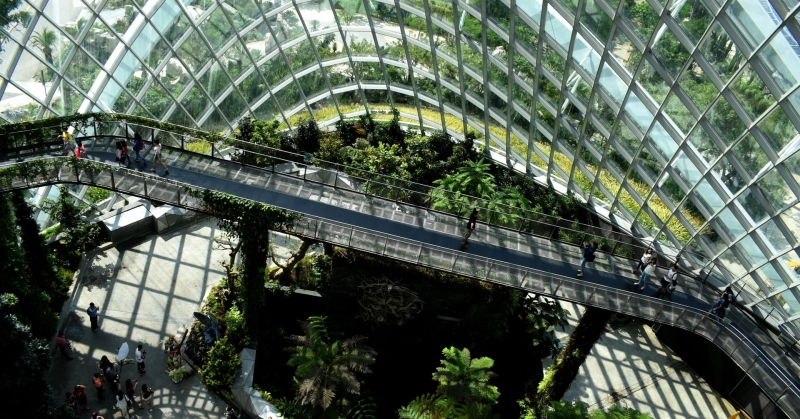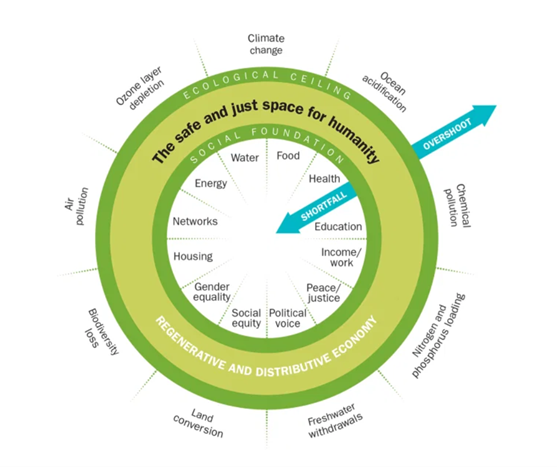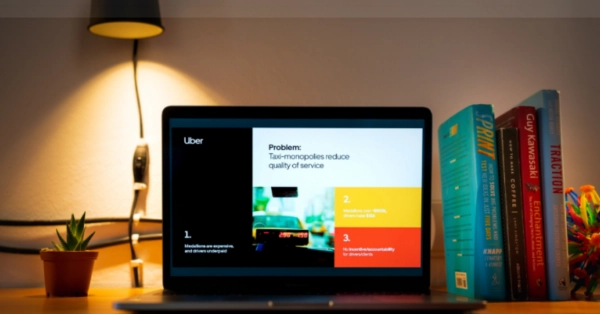The Doughnut, or Doughnut economics, is a visual framework for sustainable development – shaped like a doughnut or lifebelt – combining the concept of planetary boundaries with the complementary concept of social boundaries. The name derives from the shape of the diagram: a disc with a hole in the middle.

The concept was developed by Oxford Economist Kate Raworth. She published in 2017 Doughnut Economy 7 ways to think about the economics of the 21st century, a book that argues for the development of an economy with the challenge of satisfying people's needs within the limits of the planet. Ultimately, this economic model has to reduce inequalities and to focus on environmental sustainability.
The doughnut-shaped diagram shows a safe and fair space in which to guarantee wellbeing. In the inner part of this is the safety zone, protected by the so-called social foundation, and in the outer zone, just above the ecological ceiling, the excesses derived from our activity.
Doughnut Principles of Practice
These are the principles established by the Doughnut Economics Action Lab when undertaking projects and initiatives that use the doughnut economic model as a the economic model of the doughnut as a reference, You can download the PDF with the principles here and use it as a tool to guide you in your road to sustainable development.
1. Embrace the 21st century goal.
- Aim to meet the needs of all people within the means of the living planet.
- Seek to align your organisation’s purpose, networks, governance, ownership and finance with this goal.
- Expect the work to be challenging, innovative and transformative.
2. See the big picture.
- Recognise the potential roles of the household, the commons, the market and the state – and their many synergies – in transforming economies.
- Ensure that finance serves the work rather than drives it.
3. Nurture human nature.
- Promote diversity, participation, collaboration and reciprocity.
- Strengthen community networks and work with a spirit of high trust.
- Care for the wellbeing of the team.
4. Think in systems.
- Experiment, learn, adapt, evolve, and aim for continuous improvement.
- Be alert to dynamic effects, feedback loops and tipping points.
5. Be distributive.
- Work in the spirit of open design and share the value created with all who co-create it.
- Be aware of power and seek to redistribute it to improve equity amongst stakeholders.
6. Be regenerative.
- Aim to work with and within the cycles of the living world.
- Be a sharer, repairer, regenerator, steward.
- Reduce travel, minimize flights, be climate and energy smart.
7. Aim to thrive rather than to grow.
- Don’t let growth become a goal in itself.
- Know when to let the work spread out via others rather than scale up in size.
























